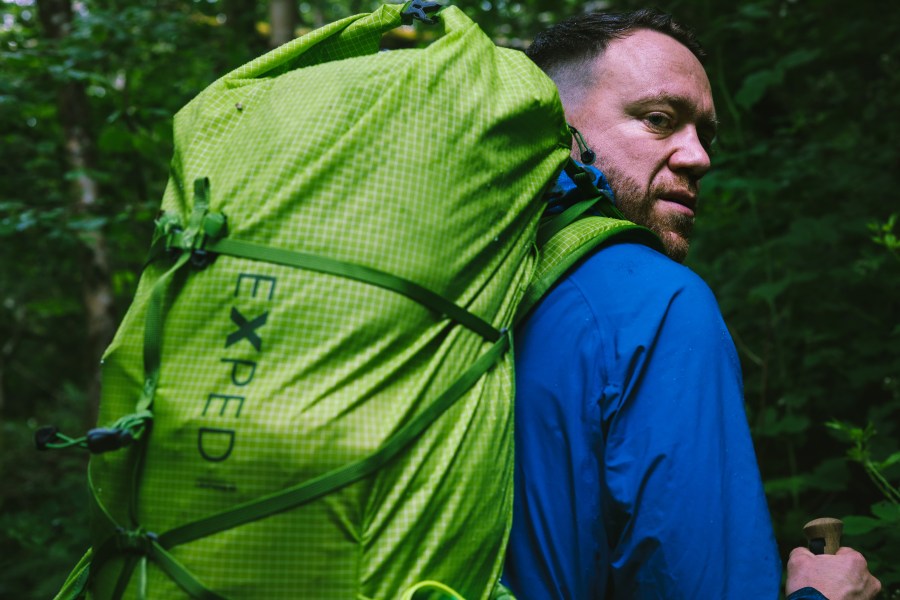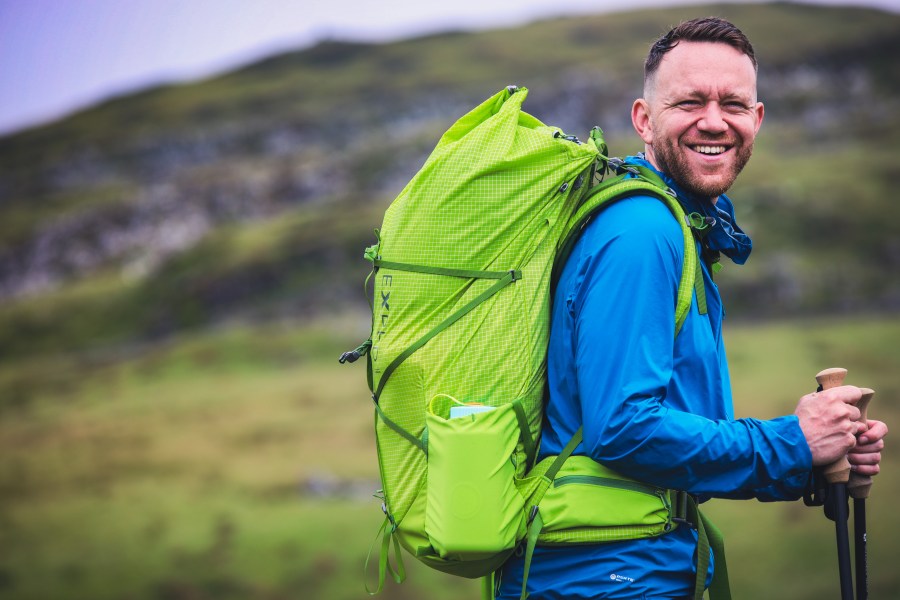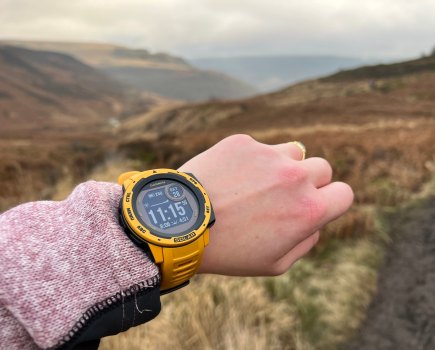What’s the best way to make your backpack waterproof? There are a few options to protect both your pack and its contents – Chris Townsend takes us through them.
Most hiking backpacks are not waterproof. Although the fabric usually is, the seams, stitching and zips are not. Sealing these is complex and expensive. There are waterproof backpacks available from companies like OverBoard made from tougher, more puncture-resistant fabrics than ordinary backpacks.
These have basic designs and are really drybags with shoulder straps and a few external features. For activities where getting your backpack soaked or even immersed is a real risk – canyoning, kayaking, pack rafting – such packs may be worthwhile. However, for most uses they’re overkill.
However, there are several ways to keep the contents of a standard backpack dry. All of them have advantages and disadvantages. For water-sensitive items like electronics and down sleeping bags and clothing it’s worth using more than one.
Words: Chris Townsend | Main image: Ben Cannon
How to make your backpack waterproof
-
Pack covers
Many backpacks come supplied with pack covers, usually stored in a zipped compartment in the base. These are made from waterproof fabric and are shaped to fit over the pack. Pack covers can be bought separately in different sizes for packs that don’t come with them. They should have elasticated edges or adjustable drawcords so they can be closed tightly around the pack.
The advantage of pack covers is simplicity. Just pull it over the pack and you have protection from the rain. However, there are several disadvantages. The contents of the pack can’t be accessed without at least partially taking off the cover, which can let rain in. If you have items like trekking poles, ice axes or closed cell foam pads strapped to the pack the cover probably won’t fit. If it does, it may be damaged on sharp items.
Because the cover doesn’t cover the harness and there is a small gap between the cover and the pack. If you’re walking into driving rain this can enter and there’s no protection if the pack gets submerged. Pack covers can easily be torn on rocks and vegetation too as they’re made from much thinner materials than packs. In strong winds, they may blow off. I wouldn’t rely on a cover alone to keep the inside of your pack dry.
Examples of rain covers are the Osprey Ultralight Rain Covers, which come in sizes covering 20-110 litre backpacks at prices from $30 to $50 (£25 to £42), and the Exped Rain Covers, which come in sizes covering 25-75 litre packs and cost $29.95 (£17.50).

-
Pack liners
Rather than put a cover over your pack you can line the inside with a large waterproof bag. This can be a heavy-duty bin bag. These are cheap and effective until they tear, which they do quite quickly. Purpose-made pack liners and ones designed for rubble or garden waste are much tougher. Best of all are large drybags (see below). The advantage of a pack liner over a cover is that you can still access pockets and items on the outside of the pack. One thing to note however is that pockets will require separate liners if the contents are to stay dry. And if you need to put wet items in the pack such as waterproofs these can go outside the liner so they don’t dampen other gear.
An example of a pack liner is the Highlander Waterproof Rucksack Liner, which is made from tough polyethylene and costs £2.49 (only shipping to the UK and select EU countries at this time).
-
Lightweight drybags
Lightweight drybags with taped seams and roll tops come in a large range of sizes. With a selection of these, you can pack items separately. So nothing is exposed to the rain that doesn’t need to be when you open the pack to get something. A large drybag can also be used to line the whole pack. The only disadvantages of drybags are the need to remember what’s in each bag (different colours help and some are available with clear sections) and the cost.
There are many excellent dry bags available. Sea to Summit alone has ten different ranges including the View Dry Sacks in 1-25 litre sizes which are made from PU-coated nylon and have clear panels so you can see the contents. These cost from $17.95 to $34.95 (£11 to £24) each. Mountain Equipment Lightweight Drybags are available in the UK and made from silicone-coated ripstop fabric and come in 1-20 litre sizes at a cost of £12 each.
If you’ve enjoyed reading our article on how to make your backpack waterproof, you can learn more about the different types of backpack. If you’re in the market for a new backpack then it might be worth checking out our articles on the best hiking backpacks for men and the best hiking backpacks for women.








